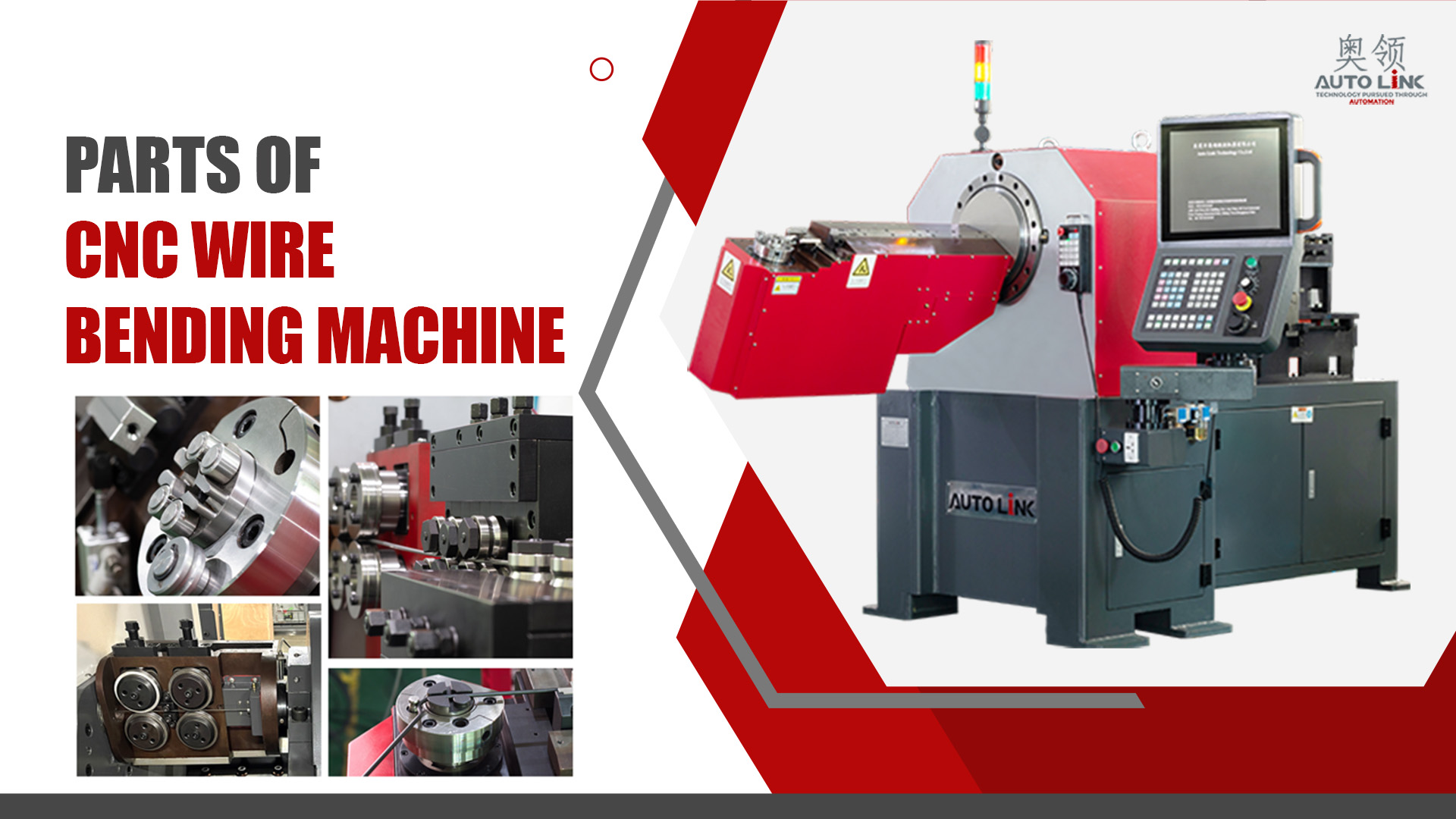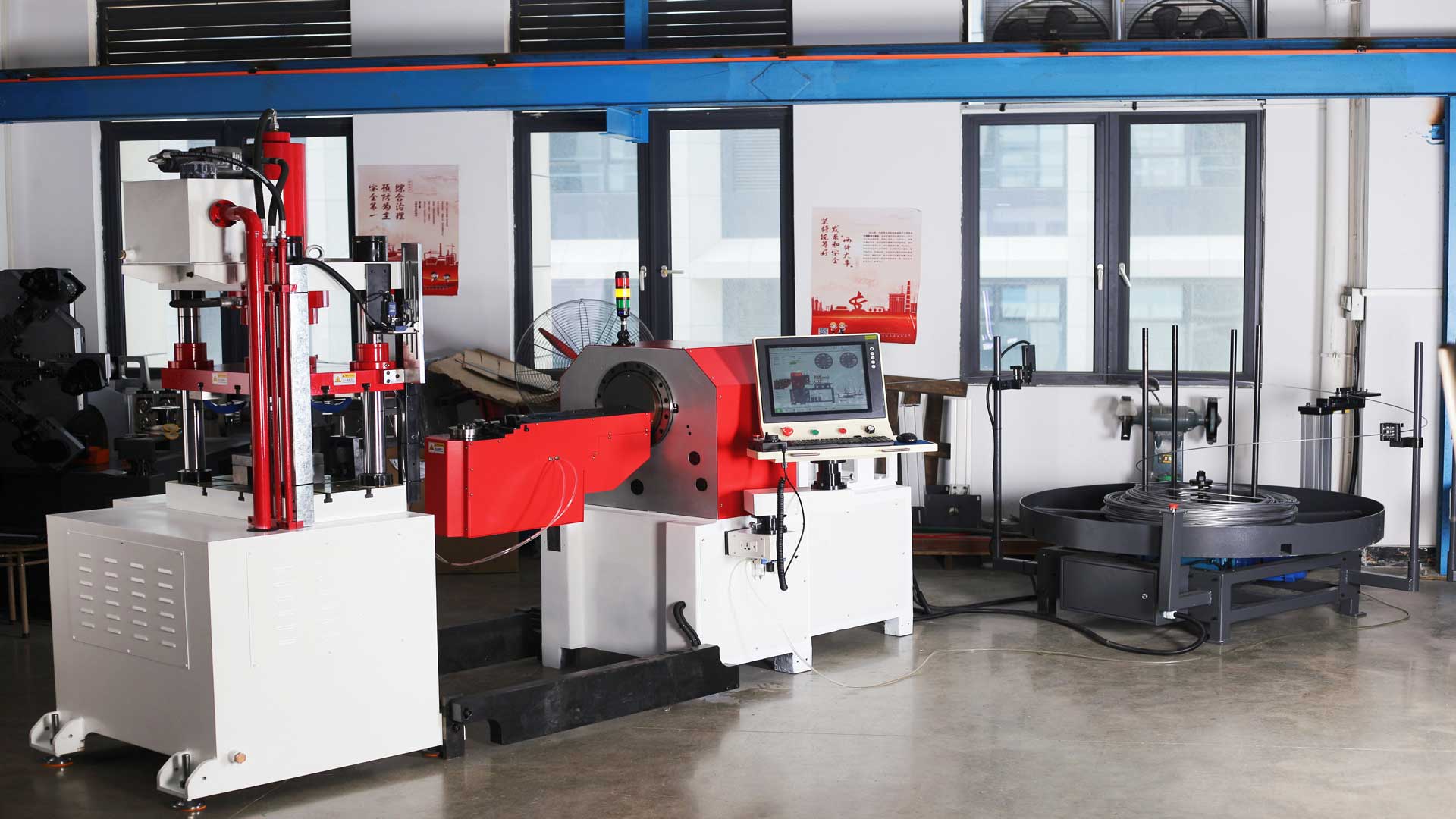How Does A CNC Wire Bending Machine Works
1. Design Input: The operator enters the desired wire bending specifications into the CNC machine's control system through the interface. This includes details such as bend angles, lengths, and the number of bends.
2. Program Execution: The control system interprets the design specifications and generates a program that includes instructions for the servo motors and actuators.
3. Wire Feeding: The machine's wire feeding mechanism begins to advance the wire into the bending area.
4. Bending Process: The bending head, equipped with the appropriate tooling, interacts with the wire according to the program's instructions. The wire is bent into the desired shape, guided by rollers and pulleys.
5. Monitoring and Adjustments: Throughout the process, sensors and feedback mechanisms continuously monitor the wire's position and other parameters. If deviations are detected, the control system makes adjustments to maintain precision.
6. Finished Product: As the wire exits the bending head, it has taken on the desired shape. Finished wire components are collected, either manually or through automated systems.
7. Shutdown and Maintenance: After production, the machine is shut down, cleaned, and maintained to ensure its ongoing reliability.
CNC wire bending machines are capable of producing a wide range of wire components with high precision and consistency. Their operation relies on computer-controlled movements and real-time monitoring to achieve the desired results, making them invaluable in industries that require intricate wire shapes and configurations.







